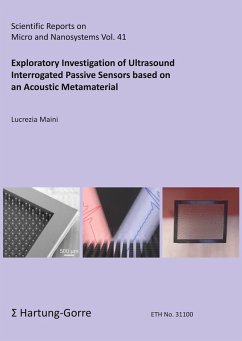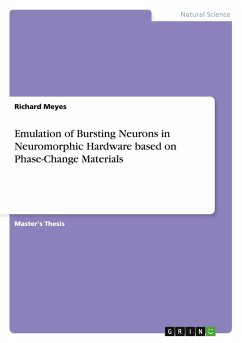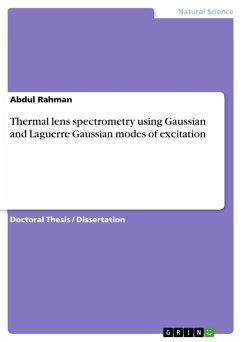Wireless technologies have significantly influenced the development of new sensing concepts for continuous health monitoring and disease detection. Compared to wired solutions, wireless sensors overcome limitations such as risk of infection and discomfort caused by tethered connections. Wireless systems are classified as passive (powerless) and active (powered). Active solutions face significant challenges both in terms of power management and fabrication, requiring the integration of complex electronic components and circuits. Furthermore, active devices may require power source replacement, which can lead to health risks and complications for the patient. In contrast, passive devices present reduced complications thanks to their powerless nature and simpler architecture. Wireless devices typically rely on electromagnetic coupling interrogation for powering or data transmission. Electromagnetic waves, while being a common approach for sensing interrogation, are limited by overheating risks associated with high energy absorption and scattering in tissue. Moreover, the development of customized receivers for these sensing applications requires significant design investment. Due to their mechanical nature, acoustic waves achieve comparable penetration depths to electromagnetic waves at lower power levels. Furthermore, standardized clinical equipment such as echographs can be utilized for interrogation in the MHz regime (ultrasound). Acoustic sensors based on ultrasound interrogation have already been explored, but they are mostly limited by the spatial resolution of commercially-available transducers, often insufficient to measure variations of biomedical parameters of interest (e.g. pressure, temperature). This thesis presents a new approach to perform intracorporeal sensing, investigating the advantages of frequency resolution and ultrasound interrogation. In particular, this is achieved exploiting the high resonant states generated by an acoustic metamaterial. Metamaterials (from Greek: "beyond" conventional matter), engineered structures by design, exhibit properties beyond those of conventional materials. While fundamental research on metamaterials spans more than three decades, their application to ultrasound for the development of new and innovative medical devices is still in the early stages.
Bitte wählen Sie Ihr Anliegen aus.
Rechnungen
Retourenschein anfordern
Bestellstatus
Storno








